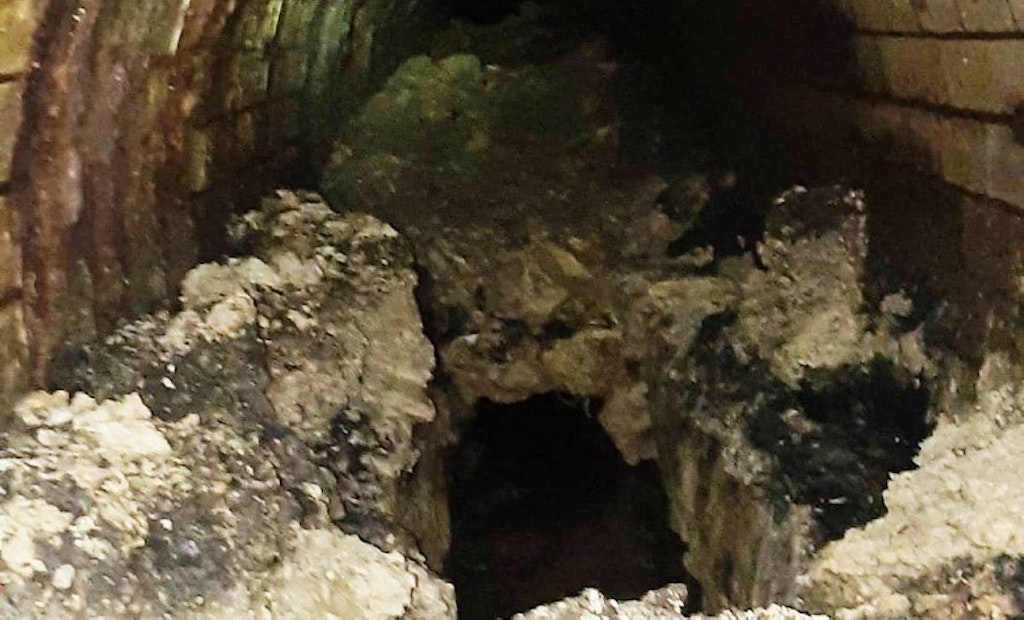Interested in Municipal/Industrial?
Get Municipal/Industrial articles, news and videos right in your inbox! Sign up now.
Municipal/Industrial + Get AlertsThames Water in London has often served as an example of the effect FOG, wipes and other materials can have on a sewer system. In the past, the utility has publicized some of its extreme sewer cleaning efforts, from a 130-ton “fatberg” to 115 tons of hardened concrete.
In its latest report, the utility is shedding light on the larger scope of its regular cleaning efforts. According to Thames Water, just short of 700 metric tons of debris was removed from 12 major London area sewers in the past year as part of a record cleaning effort. Thames Water engineers cleaned more than 900 kilometers of sewers, a 50% increase on the previous year’s total and three times higher than in 2017-18.
Engineers spent a combined 11,000 hours carrying out the work, which included using high-pressure water jets to blast away blockages and powerful vacuum units to suck them out. They also had to use hand tools to break down some of the more stubborn blockages, including “concretebergs,” which occur when concrete is incorrectly poured down the drain and solidifies.
“While it isn’t the most pleasant of jobs, battling fatbergs and other blockages in our sewers is crucial in ensuring we’re able to safely take away the waste of millions of customers,” says Matt Rimmer, Thames Water’s head of waste networks. “Our engineers carried out a record amount of cleaning this year, but we have plans to go even further next year to keep our sewers flowing. Some of the things we encounter underground highlight just how important it is to ensure nothing gets into the sewer that shouldn’t. We urge all our customers to only flush the three Ps — pee, poo and toilet paper — as well as binning fats and oils rather than pouring them down the sink.”
In one of the largest jobs of the past year, a staggering 183 metric tons of unwanted material was cleared from less than a kilometer of sewer, the same as a Boeing 747 passenger jet.
The longest job was on Waterloo Road, where engineers spent a combined 2,747 hours, or 114 days, clearing almost 100 metric tons of debris from a kilometer stretch of sewer.
Thames Water has a “bin it, don’t block it” campaign that offers guidance to customers on ways to avoid causing sewer blockages and tips on safely disposing of fats and oils or toiletries.






